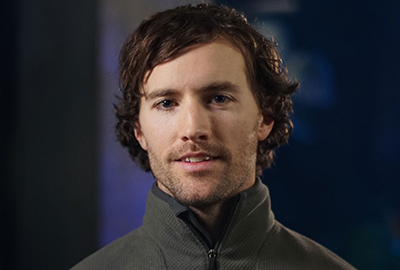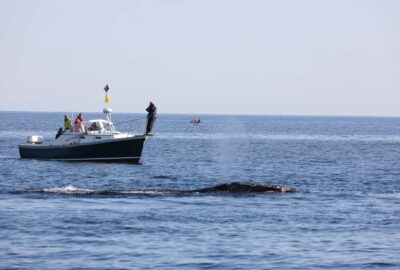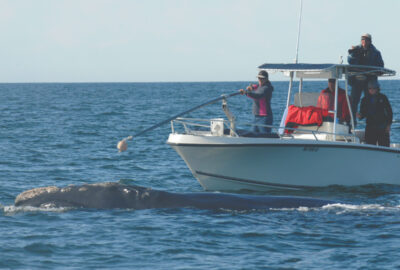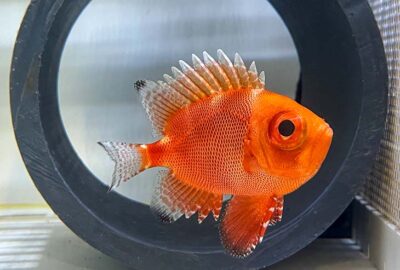Distinguishing discard mortality from natural mortality in field experiments based on electronic tagging
By Hugues P. Benoît, Jeff Kneebone, Sean R. Tracey, Diego Bernal, Klaas Hartmann, Walt Golet
Originally published in Fisheries Research in October 2020

Abstract
Improvements in electronic tag technology have enhanced the ability to monitor the post-release fate of fish and estimate discard mortality rates (DM) under real-world conditions. However, correctly estimating DM requires disentangling the influence of capture-related mortality from natural (background) mortality (M), particularly when M rates are elevated. To accomplish this, many published studies have used an ad hoc and largely arbitrary approach, assuming that all mortality occurring during a finite, non-standard, pre-defined period following release is strictly DM, and all mortality occurring after this period is M. This approach may lead to biased estimates of DM, which we illustrate using a simulation. Here we extend an existing parametric survival model to independently estimate DM and M from electronic tagging data generated by two DM experiments conducted on southern bluefin (Thunnus maccoyii) and yellowfin (Thunnus albacares) tuna, species experiencing contrasting levels of M. In both cases, predation following release was an important cause of mortality that may have been facilitated by capture and discarding, and therefore part of DM or the DM experiment, or may have been natural. Using a multi-model approach based on model fit and biological plausibility, we consider different assumptions for these mortality processes and attempt to account for experimental (tag-induced) mortality. Despite the modest sample sizes of the case studies, we show how our approach can be used to provide bounds on the plausible magnitude of DM in support of possible subsequent fishery management actions such as the imposition of size limits or catch retention policies.
Full Text





